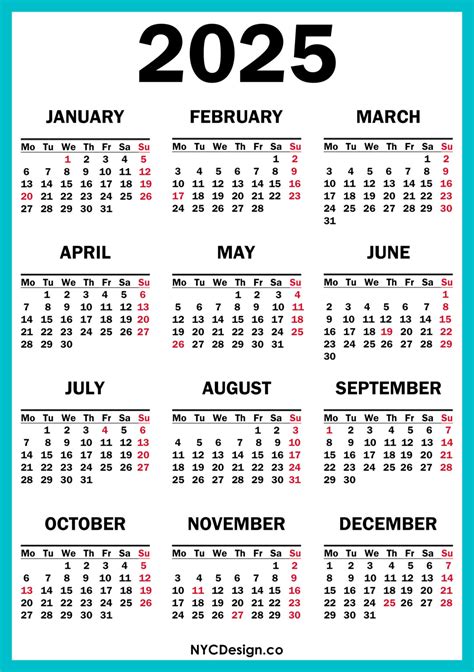How to break through a strength plateau for peak performance?

Hitting a strength plateau can be incredibly frustrating. You’ve been putting in the work, consistently lifting, and seeing progress, but suddenly, your numbers stall. The weights that once felt challenging but conquerable now feel insurmountable. This isn’t just a sign of failure; it’s a common physiological response to training, indicating that your body has adapted to its current stimulus. To continue making gains and achieve peak performance, you need to trick your body into adapting further. Here’s how to strategically break through that stubborn strength plateau.

Rethink Your Training Program
Your body is incredibly efficient at adapting. If you keep doing the same exercises with the same sets, reps, and intensity, it will eventually become highly efficient at those specific movements, and progress will halt. It’s time to introduce new stressors.
Progressive Overload Beyond Just Weight
While increasing weight is the most common form of progressive overload, it’s not the only one. Consider these variables:
- Volume: Increase the total number of sets or reps.
- Frequency: Increase how often you train a specific muscle group or lift.
- Time Under Tension (TUT): Slow down your eccentrics (lowering phase) or concentrate on the concentric (lifting phase) to make the muscle work harder for longer.
- Intensity (RPE): Train closer to failure or introduce advanced techniques like drop sets, supersets, or forced reps (with a spotter).
- Reduced Rest Intervals: Challenge your cardiovascular system and muscular endurance by shortening rest times between sets.
Periodization and Deloads
Structured training cycles (periodization) prevent overtraining and ensure continuous progress. This involves varying your training focus over time. A deload week, where you significantly reduce volume and/or intensity, allows your body to recover fully, repair tissues, and come back stronger. Often, plateaus are a sign you might be overreaching and need a short break.

Vary Your Exercises
While compound movements are king, rotating in accessory exercises or variations of your main lifts can target muscles differently. For example, if your bench press is stuck, try dumbbell press, incline press, or push-ups. If your squat is stalled, try front squats, pause squats, or leg press to address potential weaknesses.
Optimize Recovery and Nutrition
Training breaks down muscle; recovery builds it back stronger. Without adequate recovery and proper fuel, your body simply cannot adapt and grow.
Prioritize Sleep
Sleep is when your body performs the most critical repair and growth processes. Aim for 7-9 hours of quality sleep per night. Lack of sleep impairs hormone production (like testosterone and growth hormone), negatively affects recovery, and reduces energy levels for your next workout.
Fuel Your Gains
Your nutrition needs to support your training goals. Ensure you’re consuming enough protein (essential for muscle repair and growth), carbohydrates (for energy), and healthy fats (for hormone production and overall health). A slight caloric surplus might be necessary during a strength phase to facilitate muscle growth, but ensure it’s from nutrient-dense sources.

Active Recovery and Mobility
Don’t just rest; actively recover. Light cardio, stretching, foam rolling, and mobility work can improve blood flow, reduce muscle soreness, and enhance flexibility, all contributing to better performance and injury prevention.
Mindset and Consistency
Breaking a plateau isn’t just physical; it’s mental. Your approach and dedication play a crucial role.
Track Your Progress
Detailed tracking of your workouts (sets, reps, weight, RPE, rest times) is vital. It allows you to identify patterns, see where you’ve been consistent, and pinpoint areas that need adjustment. Seeing small improvements in other metrics, even if the main lift isn’t moving, can be highly motivating.

Stay Patient and Persistent
Plateaus don’t disappear overnight. It requires patience, consistency, and a willingness to experiment with different strategies. Don’t get discouraged if a new approach doesn’t yield immediate results. Stick with it for a few weeks before making another change.
Breaking through a strength plateau requires a holistic approach that extends beyond just lifting heavier. By strategically adjusting your training, optimizing your recovery and nutrition, and maintaining a strong, patient mindset, you can overcome these obstacles and continue on your path to peak performance and sustained strength gains.








